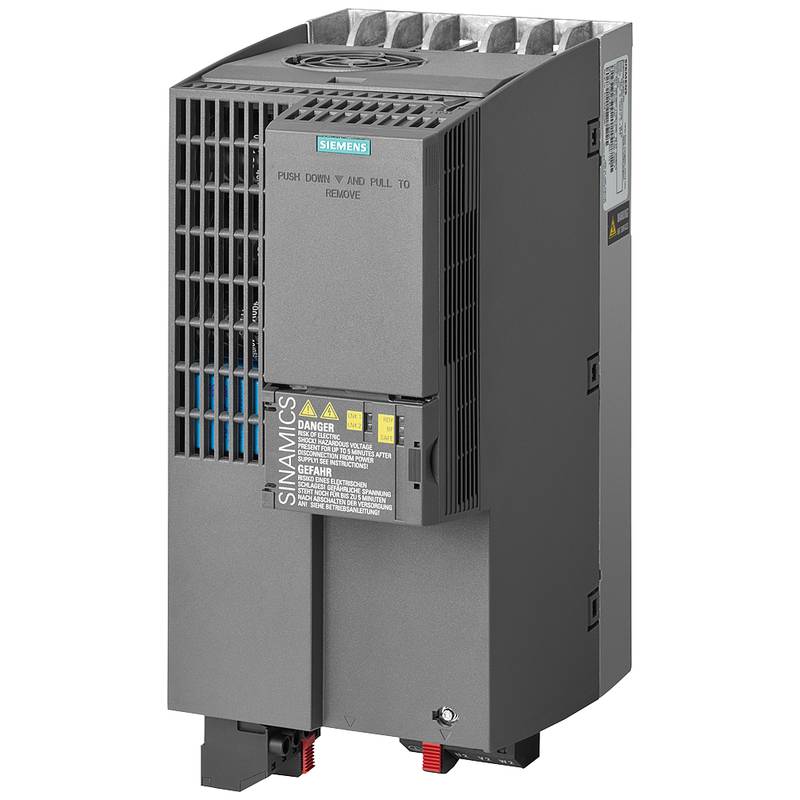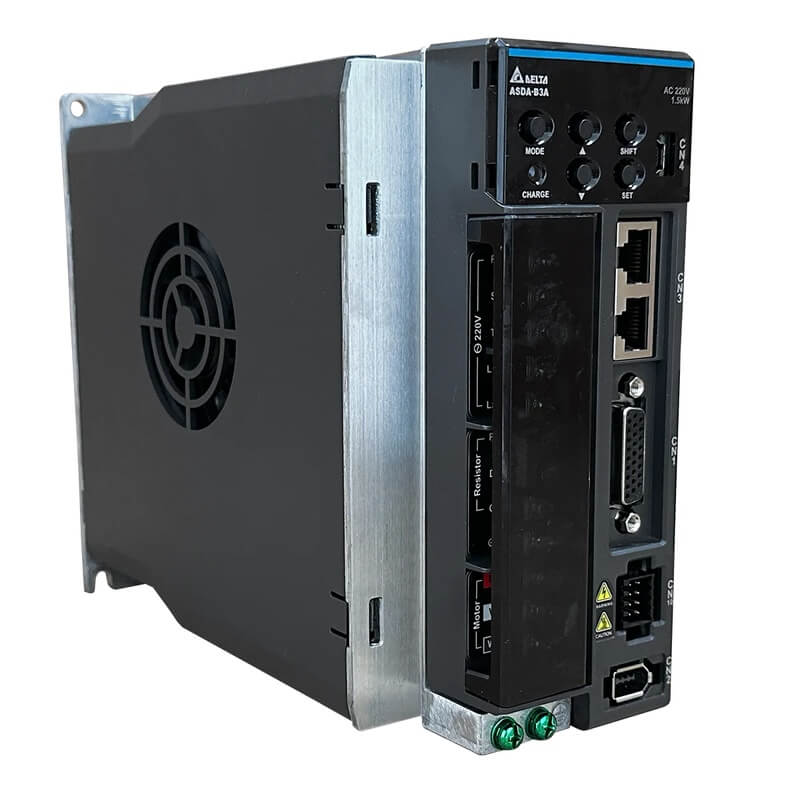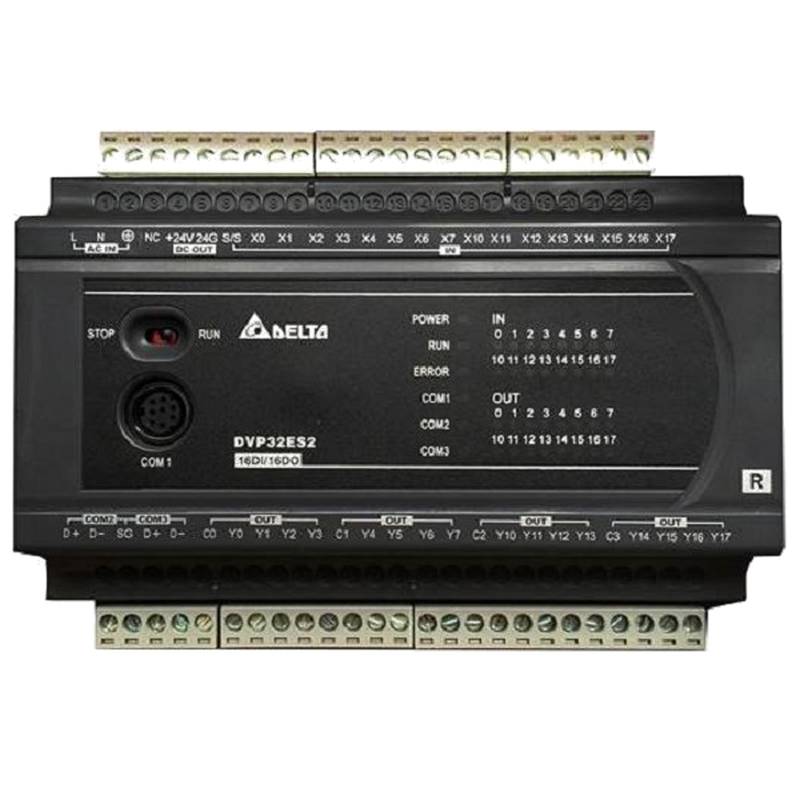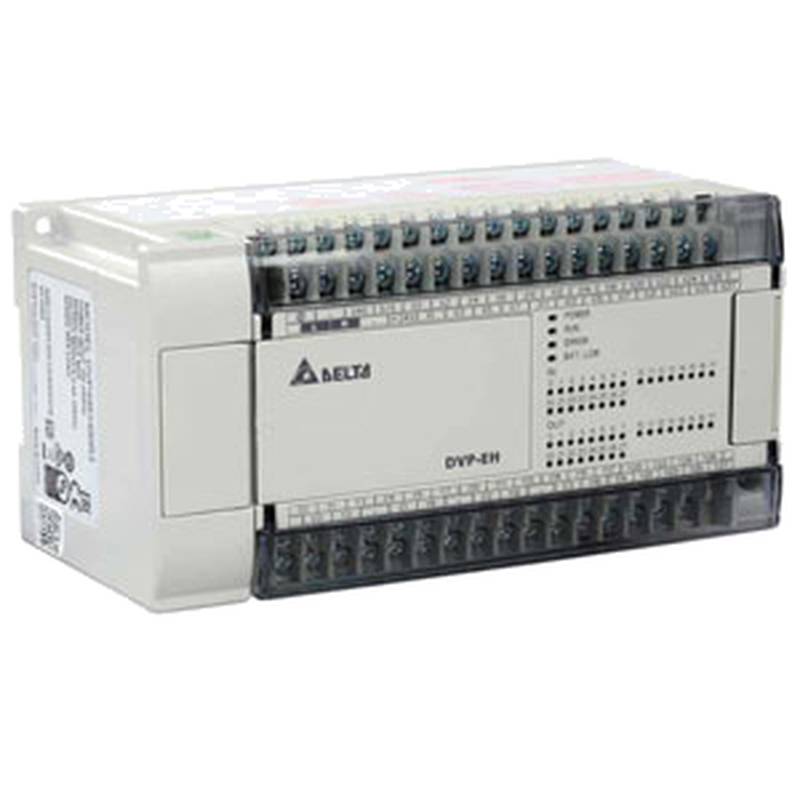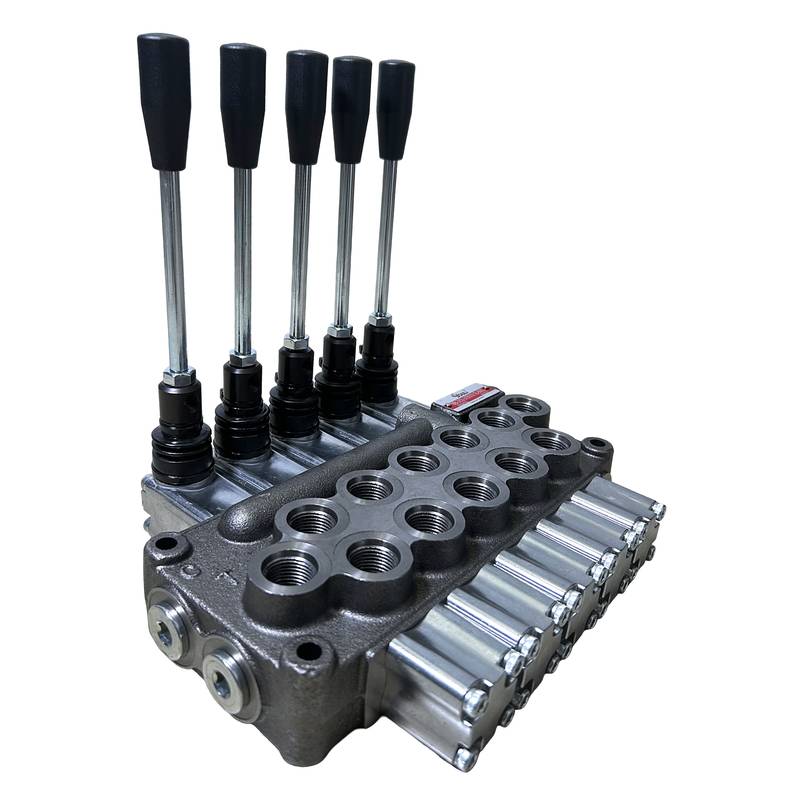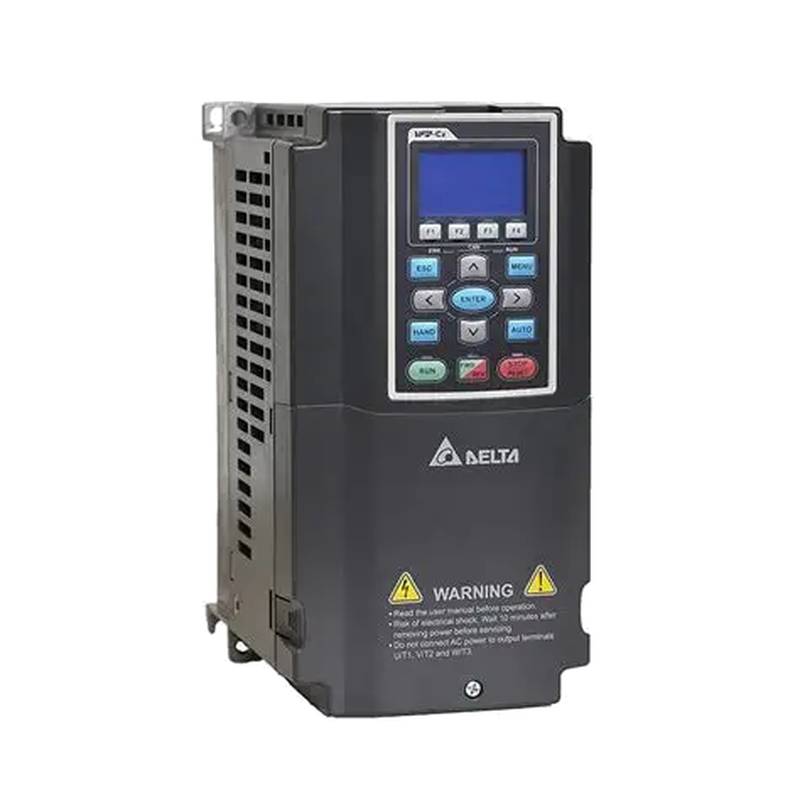
The Siemens 6SL3210-1KE22-6AB1 G120 Drive, specifically configured for heavy-duty fan applications, delivers robust and efficient motor control for demanding industrial environments. This drive offers a high overload capacity, integrated filter, and a 25A, 11kW power rating, making it an ideal solution for applications requiring precise speed regulation and reliable performance. Its advanced features ensure optimized energy consumption and extended equipment lifespan, positioning it as a superior choice for critical fan operations.
Siemens 6SL3210-1KE22-6AB1 G120 Drive: Product Specifications
| Parameter | Specification |
| :-------------------- | :------------------------------------------------ |
| Model Number | 6SL3210-1KE22-6AB1 |
| Product Type | SINAMICS G120 Drive, PM240-2 Filter Module |
| Nominal Power | 11 kW |
| Nominal Current | 25 A |
| Input Voltage | 3 AC 380-480 V, 50/60 Hz |
| Output Frequency | 0-550 Hz |
| Protection Class | IP20 |
| Filter Type | Integrated Class A filter |
| Cooling | Forced ventilation |
| Dimensions (H x W x D) | Varies by Control Unit and Power Module combination |
| Operating Temperature | -20 to +50 °C |
| Application | Heavy Duty Fans |
Core Features & Market Positioning
The Siemens 6SL3210-1KE22-6AB1 G120 Drive distinguishes itself through its robust design and integrated functionalities tailored for demanding industrial fan applications. Its inclusion of a Class A filter directly addresses electromagnetic compatibility (EMC) requirements, simplifying system design and reducing the need for external filtering components. This integration, combined with the drive's inherent overload capability suitable for heavy-duty loads, provides a significant competitive advantage. Siemens' reputation for reliability and advanced control technology further solidifies its market position, offering users a dependable and high-performance motor control solution that minimizes downtime and operational costs. The G120 platform's modularity also allows for flexible configuration, ensuring that the drive can be precisely matched to application needs, a key differentiator in the variable frequency drive market.
Key Application Scenarios
This Siemens G120 drive is engineered for high-performance in various heavy-duty fan applications across diverse industrial sectors. Its ability to precisely control motor speed and torque makes it exceptionally well-suited for large ventilation systems in manufacturing plants, where maintaining specific airflow is critical for process efficiency and safety. In the chemical and petrochemical industries, it ensures reliable operation of exhaust and supply fans in potentially hazardous environments, thanks to its robust construction and protective features. Furthermore, its application extends to HVAC systems in large commercial buildings and data centers, where energy efficiency and quiet operation are paramount. The integrated filter also proves invaluable in areas with strict EMC regulations, such as in power generation facilities or broadcast studios, ensuring interference-free operation of sensitive equipment.
Practical System Integration Guidance
Integrating the Siemens 6SL3210-1KE22-6AB1 G120 Drive into existing fan systems requires careful attention to power and control wiring. The drive necessitates a stable 3-phase power supply within the 380-480V range. For optimal performance and safety, ensure all power connections are made in accordance with local electrical codes and the drive's manual, utilizing appropriately sized conductors and protective devices. The integrated filter simplifies wiring by eliminating the need for an external unit, but proper grounding of both the drive and the motor is crucial to mitigate electrical noise and ensure safety. Control connections, such as for digital or analog inputs for speed setpoints or status feedback, should be routed separately from power cables to prevent interference.
Commissioning the Siemens 6SL3210-1KE22-6AB1 typically involves configuring motor parameters, such as nominal power, voltage, and current, via the drive's control unit (CU). For heavy-duty fan applications, setting appropriate acceleration and deceleration ramps is essential to avoid mechanical stress on the fan and motor. Parameterizing the overload protection to match the motor's capabilities and the application's demands is also critical. Diagnostic functions within the G120 drive, such as monitoring motor temperature and current draw, can be utilized to fine-tune performance and preempt potential issues. Software tools like Siemens' STARTER or SCOUT can significantly streamline the commissioning process, allowing for efficient parameter backup, cloning, and advanced diagnostics.
Operation and Risk Mitigation
Safe operation of the Siemens 6SL3210-1KE22-6AB1 G120 Drive hinges on adherence to established safety protocols and understanding its operational parameters. Always ensure that the drive is properly grounded and that all safety guards are in place before initiating operation. During normal operation, monitor drive status via the control panel or remote monitoring systems, paying close attention to temperature and current levels, which should remain within specified limits for heavy-duty fan applications. Regular maintenance, including checking for loose connections and ensuring cooling vents are clear, is vital to prevent overheating and premature component failure.
To mitigate risks, familiarize yourself with the drive's fault codes and their associated remedies. Common fault codes for the G120 series might relate to overcurrent (F001), overvoltage (F002), or undervoltage (F003), often indicative of motor issues or power supply disturbances. Thermal overload faults (F0001) could signal insufficient cooling or excessive load. For applications involving heavy-duty fans, ensure the motor's thermal model within the drive is accurately configured to prevent nuisance tripping while still providing adequate protection against motor damage. Always consult the official Siemens documentation for a comprehensive list of fault codes and troubleshooting procedures.
Scalability & Long-Term Value
The Siemens 6SL3210-1KE22-6AB1 G120 Drive offers significant long-term value through its inherent scalability and compatibility with Siemens' broader automation ecosystem. Its modular design allows for the future integration of advanced control units or communication modules, enabling adaptation to evolving industrial requirements or the adoption of new communication protocols like PROFINET or PROFIBUS, facilitating seamless integration into networked production environments. This forward-thinking design supports the transition towards Industry 4.0 and the Industrial Internet of Things (IIoT), as the drive can be readily integrated into digital monitoring and control platforms for predictive maintenance and optimized energy management.
Furthermore, the G120 platform's compatibility with a wide range of Siemens motors and other automation components ensures that new installations or upgrades can leverage existing infrastructure, minimizing re-engineering costs and complexity. The drive's robust build quality and Siemens' commitment to product lifecycle support contribute to a reduced total cost of ownership. By investing in a Siemens G120 drive, industrial facilities secure a flexible, upgradeable, and reliable motor control solution that can adapt to future technological advancements and operational demands, safeguarding investments and enhancing overall plant efficiency.
---
Frequently Asked Questions (FAQs)
Q1: What is the primary advantage of the Siemens 6SL3210-1KE22-6AB1 for heavy-duty fans?
The Siemens 6SL3210-1KE22-6AB1 offers superior overload capability, crucial for starting and running heavy-duty fans. It provides precise speed control to optimize airflow and reduce energy consumption in demanding applications.
Its integrated Class A filter simplifies installation by meeting electromagnetic compatibility standards without external components. This ensures reliable operation alongside sensitive equipment.
The drive's robust design and Siemens' renowned reliability translate to extended equipment life and reduced maintenance needs for critical fan systems.
Q2: How does the integrated filter in the 6SL3210-1KE22-6AB1 benefit fan applications?
The built-in Class A filter significantly reduces electromagnetic interference (EMI) emitted by the drive. This is vital for compliance with industrial regulations and preventing disruptions to nearby electronic systems.
By integrating the filter, the overall system footprint is reduced, and installation complexity is minimized, saving valuable panel space and labor costs.
This feature ensures a cleaner power signal to the motor, contributing to smoother operation and potentially extending motor winding lifespan by reducing electrical stress.
Q3: What are the typical industries that utilize the Siemens 6SL3210-1KE22-6AB1 for fan control?
This drive is commonly deployed in heavy manufacturing and process industries requiring robust ventilation solutions. Examples include chemical plants, refineries, and large-scale production facilities.
It is also a key component in large commercial and industrial HVAC systems, ensuring efficient climate control in buildings, data centers, and infrastructure projects.
The drive's capabilities make it suitable for specialized applications such as in power generation plants or tunnel ventilation systems where high reliability and precise airflow management are critical.
Q4: Can the Siemens 6SL3210-1KE22-6AB1 be controlled remotely?
Yes, the Siemens G120 drive platform supports various communication options for remote control. Modules for PROFINET, PROFIBUS, and other fieldbuses can be added.
Remote operation can be managed through a central control system (e.g., PLC) using digital or analog signals for setpoints and status feedback.
This allows for seamless integration into automated plant control architectures, enabling centralized monitoring and adjustment of fan speeds and operating modes.
Q5: What is the typical power and voltage range for this Siemens G120 drive?
The Siemens 6SL3210-1KE22-6AB1 is rated for 11 kW nominal power and 25 A nominal current. This configuration is ideal for medium to high-power fan applications.
It operates on a 3-phase AC input voltage of 380-480 Volts, with a frequency of 50 or 60 Hz, making it suitable for standard industrial power grids worldwide.
The output frequency range is adjustable from 0 to 550 Hz, providing extensive flexibility for precise speed regulation of various fan types.
Q6: How do I set up the overload protection for a heavy-duty fan with this drive?
Accurately configure the motor's nominal power (11kW) and current (25A) within the drive's parameters. This forms the basis for correct overload calculation.
Utilize the drive's thermal model and set the overload protection percentage according to the motor's nameplate rating and the specific application's duty cycle.
Perform a test run under load and monitor the drive's current draw and thermal state to fine-tune protection settings and prevent nuisance tripping while ensuring motor safety.
Q7: What safety considerations are important when installing the 6SL3210-1KE22-6AB1?
Ensure the drive is properly grounded according to electrical codes to prevent shock hazards and reduce electrical noise. Always disconnect power before performing any wiring or maintenance.
Verify that all safety interlocks and emergency stop circuits are correctly wired and functional before energizing the drive and motor system.
Adhere to the IP20 protection rating; install the drive in a clean, dry environment protected from excessive dust, moisture, and extreme temperatures.
Q8: Can this drive be used with different types of fan motors?
Yes, the Siemens G120 drive is designed to control standard AC induction motors, which are commonly used in fan applications. Ensure the motor's specifications (voltage, frequency, power) are compatible.
For specific motor types or advanced control strategies, parameterization of the motor data within the drive is crucial for optimal performance and protection.
The drive's wide output frequency range (0-550 Hz) allows it to effectively control fans requiring a broad spectrum of operating speeds.
Q9: What are common fault codes associated with the Siemens 6SL3210-1KE22-6AB1 and how are they resolved?
Overcurrent faults (e.g., F0001) often indicate a motor issue, power supply problem, or rapid acceleration. Resolve by checking for motor shorts, ensuring adequate power, or adjusting acceleration ramps.
Thermal overload faults (e.g., F0001) suggest the motor is running too hot. This could be due to the fan being blocked, low ambient temperature, or incorrect motor thermal model settings in the drive.
Communication faults (e.g., F0xxxx) typically point to issues with control wiring or communication module configuration. Verify connections and parameter settings for fieldbus communication.
Q10: How does the Siemens 6SL3210-1KE22-6AB1 contribute to energy efficiency in fan applications?
The drive allows for precise speed control, enabling fans to operate at the exact speed required for a given task, rather than at full speed. This significantly reduces energy consumption.
By using variable speed control, the power drawn by the fan motor follows a cubic relationship with speed, leading to substantial energy savings at reduced speeds.
Its efficient power electronics minimize internal energy losses, and features like energy-saving modes can further optimize power usage during periods of lower demand.














